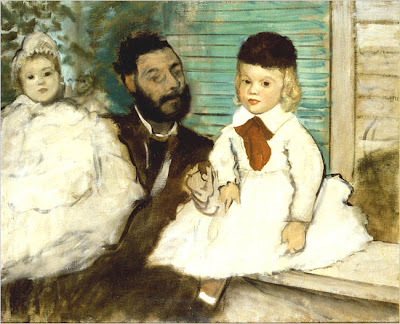
“ZURICH — Armed robbers stole four important paintings by van Gogh, Monet, Degas and Cézanne from a museum in Zurich, the Swiss authorities announced Monday, in what they said might have been the largest art theft in Europe.
“Three thieves, wearing dark clothes and ski masks, walked into the Emile Bührle Foundation, a private collection housed a couple of miles outside of Zurich’s city center on the shore of Lake Zurich, around 4:30 p.m. on Sunday, a short while before the museum was due to close. The collection is considered to be one of the biggest privately owned collections of French impressionists in the world…”
Masterworks Are Stolen in Zurich, The New York Times.

Plakat by Alexander Rodchenko.
“Revolutions temporarily change the way the world is run, but they permanently alter the way it is seen. During the 1920s, the Russian artist Alexander Rodchenko set out to document the new social reality of what the composer Prokofiev sarcastically called ‘Bolshevizia’. His aim, he said, was to see ‘with morning eyes’, as if the revolution had electrified his optical nerves…”
Hollywood, without the songs, The Observer.
“James Agapitos‘ and Ray Wilson‘s surrealism journey began at a Christie’s art auction in Melbourne in 1990. The recession had started to bite into the art market and bargains were to be had, including a 1939 painting by James Gleeson, The attitude of lightning towards a lady mountain, which Wilson recalls being “a very reasonable price”.
“The Sydney businessmen were intrigued — “it was different to anything we’d seen before”, says Wilson — and snapped it up.
“Agapitos and Wilson had discovered Australian surrealism, one of 20th century art’s less fashionable and more complex art schools. Their interest was heightened in 1991 when they viewed an exhibition from New York’s Guggenheim Museum, and then the National Gallery of Australia’s exhibition, Surrealism: Revolution by Night…”
Surreal thing, so bring curiosity, The Australian.
“The background to Michael Stevenson‘s eerily minimalist installation Persepolis 2530 is a historical moment of disastrous, back-firing excess. In 1971, the Shah of Iran staged a week-long party in the ruins of the ancient city of Persepolis, housed in luxury marquees built for the occasion.
“It was described as the most lavish party of the past century, and is in the Guinness Book of Records as the longest-lasting state banquet. Elizabeth Arden created a new makeup range for the event; Maxim’s restaurant in Paris sent 165 chefs to prepare the food. Most audaciously of all, the Shah reset the date in Iran to 2530 as a sign of how far advanced the country was…”
Michael Stevenson at the Arnolfini, The Guardian.
